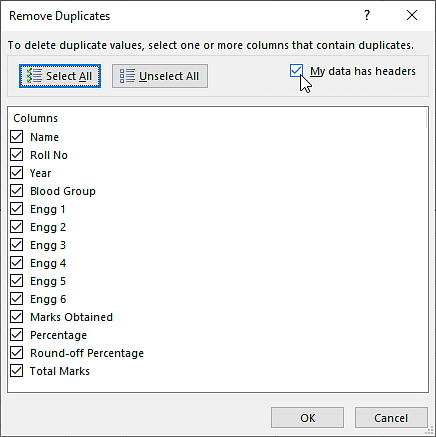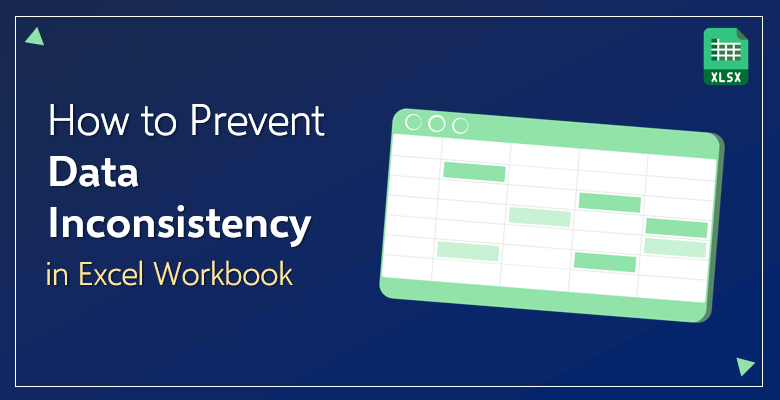A Biased View of Excel Links Not Working
Table of ContentsLittle Known Facts About Excel Links Not Working.Excel Links Not Working Can Be Fun For AnyoneExcel Links Not Working Fundamentals ExplainedExcel Links Not Working Fundamentals ExplainedExcel Links Not Working Can Be Fun For Everyone

Array calculation features like either can not manage entire column referrals or determine all the cells in the column. User-defined functions don't automatically identify the last-used row in the column as well as, as a result, regularly compute whole column referrals inefficiently. Nevertheless, it is very easy to program user-defined features so that they identify the last-used row (excel links not working).

Excel Links Not Working Things To Know Before You Get This
Making use of the formula for a vibrant variety is typically more effective to the formula since has the drawback of being an unstable function that will be computed at every recalculation. Performance decreases because the feature inside the dynamic range formula have to take a look at several rows. You can decrease this performance reduction by storing the component of the formula in a different cell or specified name, and after that describing the cell or name in the dynamic array: Counts!z1=COUNTA(Sheet1!$A:$A) Offset, Dynamic, Variety=OFFSET(Sheet1!$A$ 1,0,0, Counts!$Z$ 1,1) Index, Dynamic, Range=Sheet1!$A$ 1: INDEX(Sheet1!$A:$A, Counts!$Z$ 1+ROW(Sheet1!$A$ 1) - 1,1) You can likewise use features such as to build vibrant arrays, however is unpredictable and always computes single-threaded.
Using several dynamic varieties within a single column requires special-purpose counting functions. Making use of lots of dynamic ranges can reduce efficiency. In Office 365 version 1809 and later on, Excel's VLOOKUP, HLOOKUP, as well as MATCH for specific suit on unsorted information is much faster than in the past when seeking out numerous columns (or rows with HLOOKUP) from the same table variety.
There are lots of methods of boosting lookup computation time. If you utilize the exact match option, the calculation time for the function is proportional to the number of cells scanned prior to a match is located. For lookups over big ranges, this moment can be significant. Lookup time utilizing the approximate suit choices of,, as well as on arranged data is fast and is not significantly increased by the length of the array you are looking up.
Not known Details About Excel Links Not Working
Make sure that you understand the match-type and also range-lookup choices in,, as well my website as. The adhering to code instance shows the syntax for the feature. SUIT(lookup value, lookup array, matchtype) returns the largest suit less than or equal to the lookup worth when the lookup variety is sorted ascending (approximate match).
The default choice is approximate suit sorted ascending. The following code example reveals the phrase structure for the as well as features.
VLOOKUP(lookup worth, table selection, col index num, range-lookup) HLOOKUP(lookup worth, table array, row index num, range-lookup) returns the biggest match much less than or equal to the lookup worth (approximate suit). This is the default alternative. Table range should be arranged ascending. requests a precise match and also thinks the information is not sorted.
Excel Links Not Working Fundamentals Explained
If your information is sorted, yet you desire a specific suit, see Use 2 lookups for arranged information with missing out on worths. Try using the as well as functions rather than. Although is a little much faster (approximately 5 percent faster), easier, and makes use of much less memory than a mix of and, or, the additional versatility that as well as offer typically allows you to considerably save time.
The feature is quick and is a non-volatile feature, which speeds up recalculation. The feature is also fast; however, it is an unstable feature, and it often substantially increases the time taken to refine the computation chain. It's simple to transform to and. The complying with 2 declarations return the exact same answer: VLOOKUP(A1, Data!$A$ 2:$F$ 1000,3, False) INDEX(Data!$A$ 2:$F$ 1000, MATCH(A1,$A$ 1:$A$ 1000,0),3) Because exact suit lookups can be sluggish, consider the following options for improving performance: Use one worksheet.
When you can, the data initially (is quick), and make use of approximate suit. When you must utilize a specific suit lookup, limit the series of cells to be scanned to a minimum. Use tables as well as structured references or dynamic array names as opposed to referring to a a great deal of rows or columns.
All About Excel Links Not Working
Two approximate suits are considerably faster than one precise match for a lookup over more than a few rows. (The breakeven factor is regarding 10-20 rows.) If try here you can sort your data but still can not use approximate suit because you can not make sure that the worth you are looking up exists in the lookup range, you can use this formula: IF(VLOOKUP(lookup_val, lookup_array,1, True)=lookup_val, _ VLOOKUP(lookup_val, read this lookup_array, column, Real), "notexist") The first component of the formula works by doing an approximate lookup on the lookup column itself.
VLOOKUP(lookup_val, lookup_array, column, True) If the answer from the lookup column did not match the lookup worth, you have a missing worth, as well as the formula returns "notexist". Know that if you seek out a value smaller than the smallest value in the checklist, you get a mistake. You can handle this mistake by making use of, or by including a little test worth to the checklist.
Starting with Excel 2007, you can utilize the feature, which is both simple and also quick. IF IFERROR(VLOOKUP(lookupval, table, 2 FALSE),0) In earlier variations, an easy but slow method is to make use of a feature which contains 2 lookups. IF(ISNA(VLOOKUP(lookupval, table,2, FALSE)),0, _ VLOOKUP(lookupval, table,2, FALSE)) You can avoid the double precise lookup if you utilize exact once, store the result in a cell, and afterwards evaluate the result before doing an.